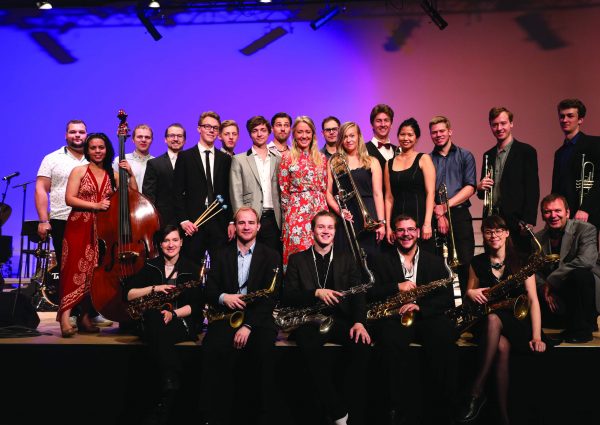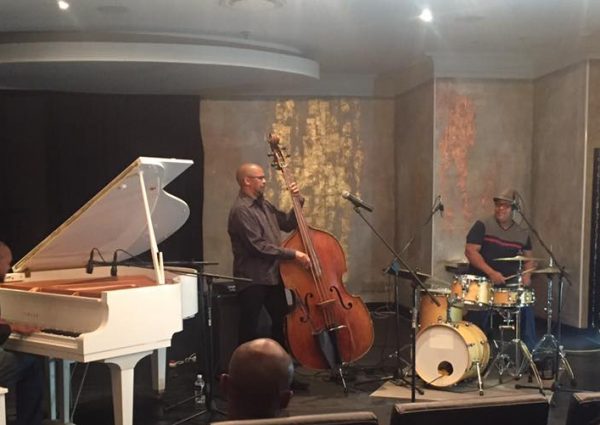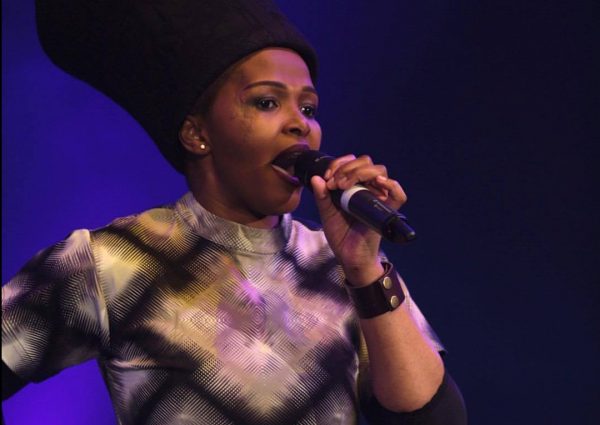A performer’s costume is a performance on its own. A boring outfit makes an artist work overtime—overcompensating, writes Kgotso Gila.
The nature of fashion
One interesting fact about fashion is that it evolves with time. Yet it is such a wide spectrum that allows variation. Everyone interprets this aspect of their lives differently and that’s what makes it fascinating. It is such an effortless way of expressing yourself. From one ensemble to another, one silhouette to another, one detail to another, it is entirely up to you how you would like to convey your message to the world.
Know the lingo
Today, in this vast world of fashion, we use prevalent terms such as “dandy”, “distinguished” or “dapper” to address a specific group of “fashionistas” who fall under a certain subculture. As an artist, it is important to stay relevant by incorporating current trends in your personal style. For example, it is not impossible to rock up at a gig all “dappered up”, yet still maintain that artistic look at the same time.
You are before you become
A performer’s costume is a performance on its own. If it’s dull and uninteresting, chances are, the performer will laboriously drag the audience along throughout the entire performance. A boring outfit makes an artist work overtime— overcompensating. A costume should scream, “Look at me!”
It’s still your studio
Although outfit adds flavor to the performance, it shouldn’t drift the crowd’s attention away from the performance. It gets a little risky when fusing creativity with personality, especially when executing a specific look. Some artists lose their sense of self in “too much” creativity alone, leaving little space for their personalities to also surface.
Less is more
Minimal is also artistic. As a matter of fact, a plain and simple look tends to bring about a certain element of transparency, as it becomes easy for the audience to find the artist relatable. That on its own is a milestone, because it’s not very common to find the artist and the audience in sync during a performance.
Case study
To assist with some practical tips, let’s have a look at different kinds of artists and what their wardrobes must have. It’s important to reiterate the fact that creativity must not claim the artist’s personality. Whichever way an artist presents themselves, it must still be themselves they present.
Music show
The genre of music is one critical factor to consider in this case. Let’s take classical music, for example. For men, a black, classic tuxedo never disappoints. It must be well-fitted yet still comfortable. For women, a gown would definitely cut it. Something exquisite yet not too flashy, so as to cater for both comfort and class. As an artist in this genre you’ll still need to maintain that graceful, warm but not too sexy look.
If the artist is looking for a traditional look, they can pull a dapper look with a touch of African print. As a matter of fact, this is one of the trends.
Poetry show
This has to be one versatile platform for an artist to go as wild as they can. Poets are powerful narrators and their appearance should be just as powerful. But you’d have to agree with me that nothing has such a great command of presence over an audience like a well-fitted suit. Literally, everywhere! Now, imagine a poet ascending the platform in a well-tailored bespoke piece. However, a suit doesn’t have to be plain and simple. There’s always room for personality and creativity.
Theatre play
The storyline would obviously dictate every character’s wardrobe in this instance. But if we were to single out one character to dissect in terms of fashion, it would definitely be the villain. This is the person whose role carries a lot of emotion. He makes us laugh now, only to bring us to tears later. Their clothing has to enhance this transition without fixing them to a particular episode in the play.
In movies, villains are always discreet and calculative of their next move. Their sense of style is impeccable. Every suit is layered with a trench coat, a Fedora on the head, with a staff in their hands. They are always serving class with every mission accomplished. Even on their death beds, you’d find them all dappered up. A typical example of a classic death.
Whether it’s for a group show or a solo performance, the costume you choose has a great effect on how the audience will respond to your art. Although art forms such as poetry have created their own dressing culture, it is still possible to twist the look, so that it’s both cool and clean.
As artists rehearse for their shows, it’s important that they invest in a look too.
Kgotso Gila is a Bloemfontein-based image consultant, model and digital marketer.






